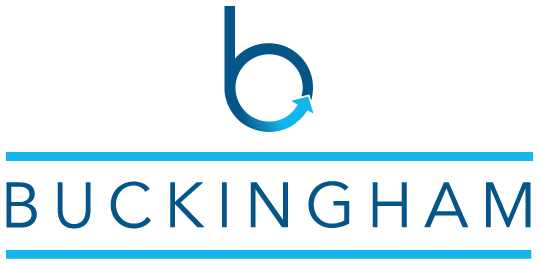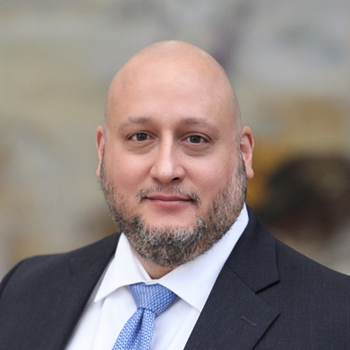Is your employee handbook sufficient to capture patent rights in your employee’s inventions? The Federal Circuit case of Omni Medsci v. Apple illustrates one reason why it does not. It is common practice to include, in an employee handbook, a policy requiring transfer of any future inventions. Typically, the employee is required to review and sign the handbook, but ordinarily this does not create a contract. Normally, the employee later signs an assignment agreement that actually effects transfer of ownership. On occasion, employment contracts may incorporate by reference certain passages of documents like an employee handbook or, in the case of Omni Medsci v. Apple, documents that serve a similar purpose, namely, university bylaws. As Omni illustrates, this can be a fatal mistake.
In Omni Medsci v. Apple a University of Michigan professor retained ownership in his patents covering a medical device because the University’s employment documents were subtly deficient.[i] To effect an assignment from the professor to the University the document should have used language indicating a present and automatic assignment. Instead, the employment document used language that “at most reflects a future agreement to assign”.[ii] Since no such future agreement was made, no transfer occurred.
To summarize, the professor signed an employment agreement whereby he agreed to abide by the University’s bylaws. The bylaws operate similar to an employee handbook, setting forth in Section 3.1 “the conditions governing the assignment of intellectual property.”[iii] Paragraphs 1 and 4 of Bylaw 3.1 are key. Paragraph 1 governs inventions made with University support, and paragraph 4 governs inventions made without University support, but both share the language “shall be the property of”. Apple argued that Paragraph 1 effected a present assignment from the professor to the University; however, the court disagreed.
“1) Patents and copyrights issued or acquired as a result of or in connection with administration, research, or other educational activates conducted by members of the university staff and supported directly or indirectly… by funds administered by the university regardless of the source of such funds, and all royalties or other revenues derived therefrom shall be the property of the University.”[iv]
“4) Patents, copyrights, and property rights in computer software resulting from activities which have received no support, direct or indirect, from the University shall be the property of the inventor, author, or creator thereof, free of any limitation which might otherwise arise by virtue of University employment.”
Judge Linn wrote that if the document read that the inventor “will assign” then it would clearly be a promise to assign in the future, and if it read that the inventor “agrees to grant and does hereby grant” then it would clearly be a present assignment. But, “shall be the property of” is not clearly either one in the context of Bylaw 3.1’s statement that paragraphs 1 and 4 represent “the conditions governing the assignment of intellectual property”.[v] On its face the bylaws purport to stipulate “the conditions governing the assignment of property rights” rather than purport to effectuate a present transfer.[vi] The court pointed out that paragraph 4 shares the identical language as paragraph 1 “but cannot logically be read as a present automatic assignment.”[vii] Since paragraph 4 is a condition for assigning rights that vest automatically in the employee by operation of law, reading “shall be the property of” as effecting a present assignment in paragraph 4 would “require that the inventor presently automatically transfer title to himself.”[viii] The court stated that “the identical phrase in two paragraphs of a provision of a contract should be read identically”, thus concluding that paragraph 1 also cannot be a present assignment.[ix]
In isolation, paragraph 1 seems innocuous. The flaw is not immediately apparent except on careful review. Certainly, many employee handbooks and University bylaws could be similarly misconstrued. In view of Omni Medsci v. Apple, employers should review the IP assignment sections of their employee handbooks. [x]
Mr. Frisina is a partner in the intellectual property practice at Buckingham Doolittle & Burroughs LLC. Attorney Frisina is a specialist in patent and trademark law, having prosecuted hundreds of chemical, electrical, and mechanical cases. His practice encompasses preparation and prosecution, licensing, and litigation matters.
(d) 216.736.4239
[i] Omni Medsci, Inc. v. Apple Inc., 2020-1715, 2020-1716, 2021 WL 3277220 (Fed. Cir. 2021); see also E.I. Du Pont de Nemours & Co. v. Okuley, 344 F.3d 578 (6th Cir. 2003).
[ii] Omni Medsci, Inc., at 7.
[iii] Id. at 2, quoting UM Bylaw 3.1.
[iv] Id. at 3.
[v] Arachnid, Inc. v. Merit Indus., Inc., 939 F.2d 1574, 1580 (Fed. Cir. 1991)(holding “will assign” to be a promise of future assignment); FilmTec Corp. v. Allied-Signal Inc., 939 F.2d 1568, 1573 (Fed. Cir. 1991)(holding “agrees to grant a does hereby grant” to be a present and automatic assignment of a future invention).
[vi] Omni Medsci, Inc., at 7 (Fed. Cir. 2021).
[vii] Id. at 8.
[viii] Id. at 8.
[ix] See Imation Corp. v. Koninklijke Philips Elects. N.V., 586 F.3d 980, 990 (Fed. Cir. 2009) (citing New York state law for the proposition that “[a] proper interpretation of a contract generally assumes consistent usage of terms throughout the Agreement”). See also Drouillard v. Am. Alternative Ins. Corp., 929 N.W.2d 777, 779 (Mich. 2019); Sullivan v. Stroop, 496 U.S. 478, 484 (1990) (noting the “normal rule of statutory construction that identical words used in different parts of the same act are intended to have the same meaning” (internal citations omitted)).
[x] Omni Medsci, Inc. v. Apple Inc., 2020-1715, 2020-1716, 2021 WL 3277220 (Fed. Cir. 2021).


